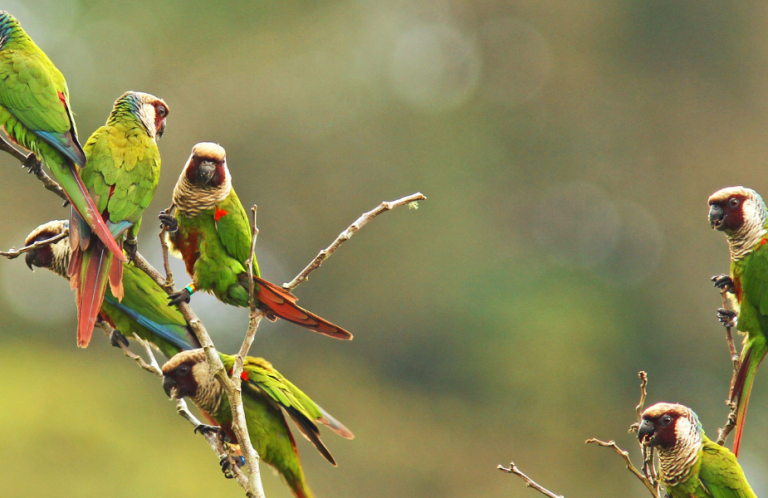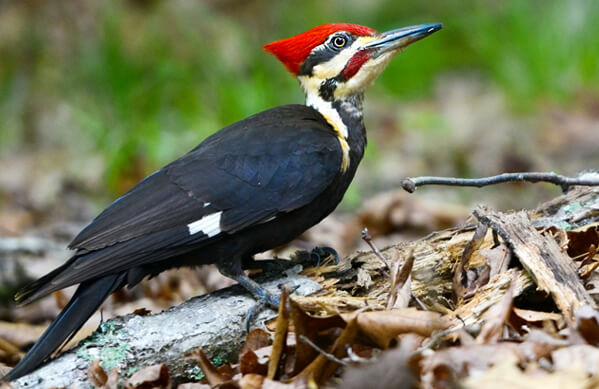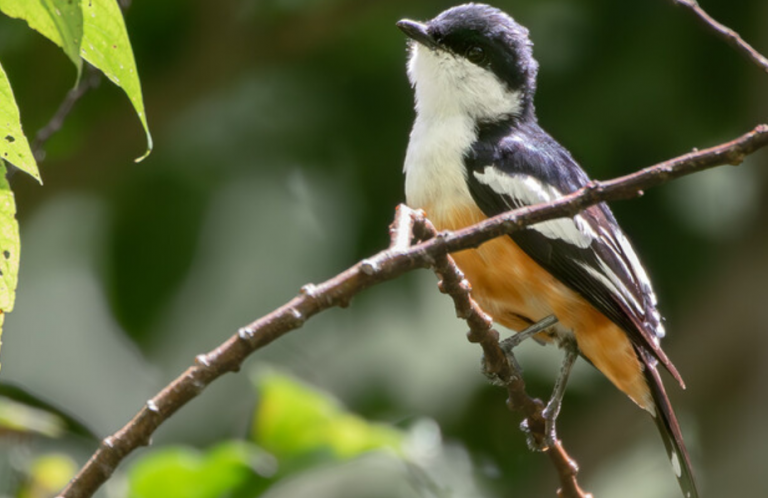When Will Migratory Birds Arrive? Find Out Using These Bird Migration Maps
Not so long ago, knowing when and where to find migratory birds was something of an art. A combination of variables, including weather and the birds themselves, kept arrival dates shrouded in mystery. As a result, birders were largely dependent upon previous observations, luck, and, if they were fortunate, sage advice from more experienced observers.
Then came the Internet. In the span of a few years, science (mostly) replaced luck, as birders learned to harness the power of data-driven online migration tracking tools. With much of the guesswork removed, bird aficionados can now anticipate spring migration in ways that would have been unimaginable to previous generations.
But like everything found on the Internet, there is no shortage of options when it comes to migration maps. The good news is that most use distinct data sources and can help in different ways, depending upon needs and interests. The down side is . . . well, how do you choose? To help, we've listed some of the more popular options below. This list isn't comprehensive — and we're not endorsing specific sites — but it's a good place to get started.
Finally, it's important to note that as our ability to track and predict bird migration has improved, so have the dangers that migratory birds face. From habitat loss to free-roaming cats and communication towers, migrants face a veritable gauntlet of dangers, jeopardizing the lives of millions of birds. Combating these threats requires a massive effort, and ABC works with partners throughout the Americas to make migration safer. Learn how you can help at home.
BirdCast

BirdCast provides bird forecasts up to three days in advance. Screenshot: birdcast.info
BirdCast offers a forecast service unlike anything else available. Using weather forecasts, radar data, and computer modeling, BirdCast predicts where migration is most likely to occur in coming days. The site, which was created by scientists at the Cornell Lab of Ornithology, also provides real-time migration maps, indicating where migrants can currently be found and the direction they're headed. When it comes to providing an accurate overall picture of migration, BirdCast has few competitors. But if you're looking for information on a specific species, such as the Baltimore Oriole or Rufous Hummingbird, check out eBird.
eBird
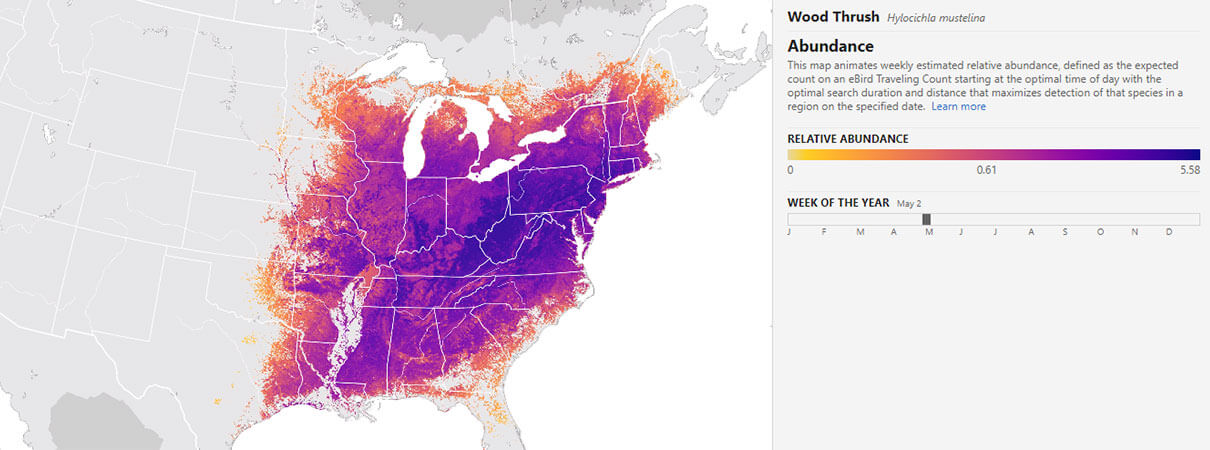
eBird offers multiple ways to anticipate migration arrival dates. Screenshot: ebird.org
eBird touts itself as “the world's largest biodiversity-related citizen science project,” and for good reason. Birders provide the site with more than 100 million bird sightings annually, which it uses to spectacular effect. When it comes to spring migration, there are several ways to find detailed information about the arrival times of specific species. You can visit the species profile page, enter your location, and check the weekly bar chart to see when sightings begin. Alternatively, you can enter your region (eBird works at state and county levels in the U.S.) to find a list of recently reported birds. Or you could explore “Species Maps” and zoom in on your location, where older sightings will be marked in blue, recent sightings in red.
If you're interested in learning where and when specific species migrate throughout the year, eBird recently released a series of 500 high-res animated migration maps that can help answer your questions. The maps, which combine five years of observational data with NASA satellite imagery, provide a week-by-week glimpse at migration and can also be useful in anticipating arrival dates.
Hummingbird Central
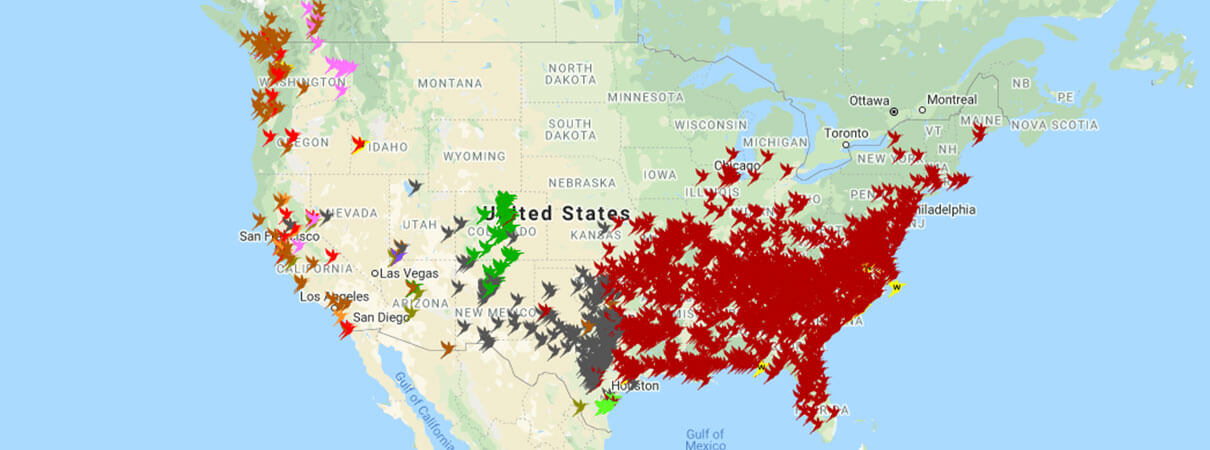
Hummingbird Central allows visitors to monitor first-sightings. Screenshot: hummingbirdcentral.com
Wondering when to put out your hummingbird feeder? Hummingbird Central provides an interactive map of first-sighting reports from citizen contributors throughout the county. If you're curious about the movements of specific species, you're in luck: Hummingbird Central tracks 12 species by means of variously colored pins.
Journey North
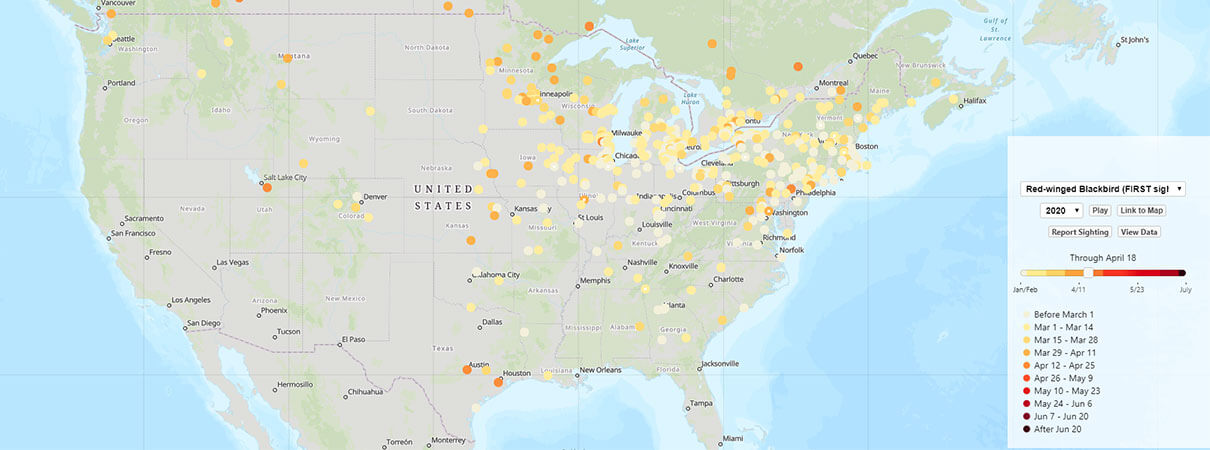
Journey North is a great way to observe many of the changes that spring brings. Screenshot: journeynorth.org
Journey North doesn't offer the massive data set that eBird and other sites do, but it does have a few unique migration maps. First-sighting maps are available for orioles (Baltimore and Bullock's), American Robins, Red-winged Blackbirds, and hummingbirds (Rufous and Ruby-throated). And for those interested in tracking spring's wider (non-avian) progression, first-sight maps are available for Monarch butterflies, leaf-out, ice thaws, tulip blooms, and more.






































